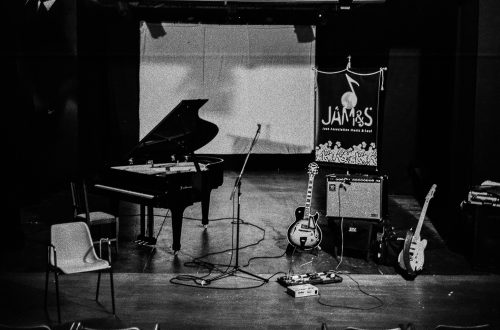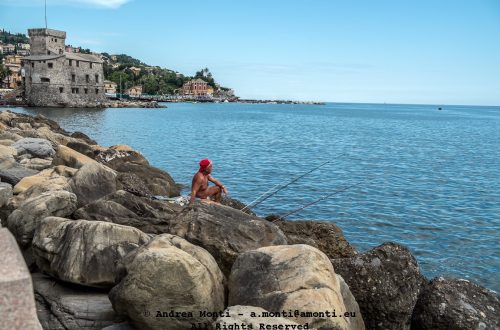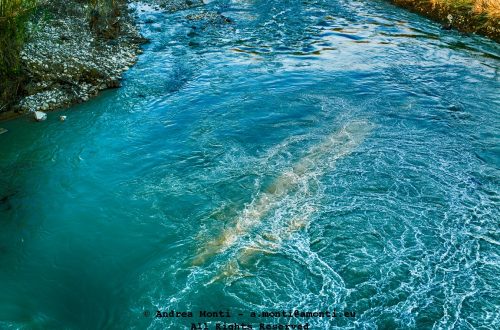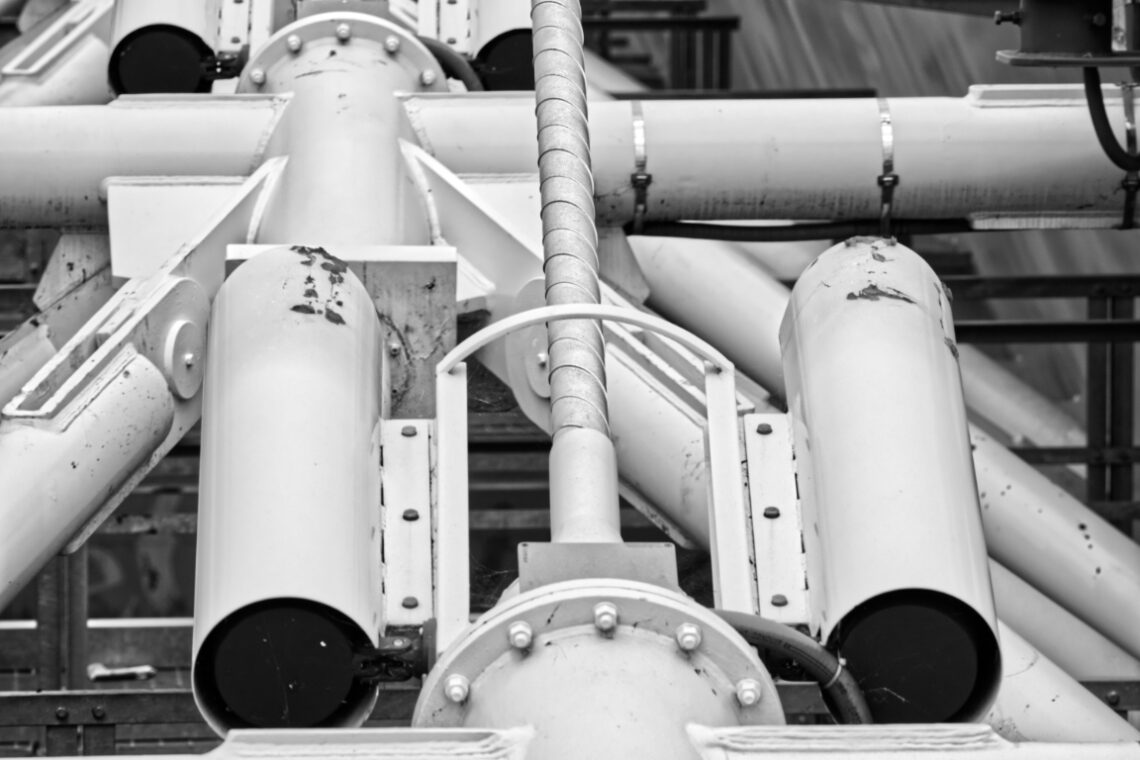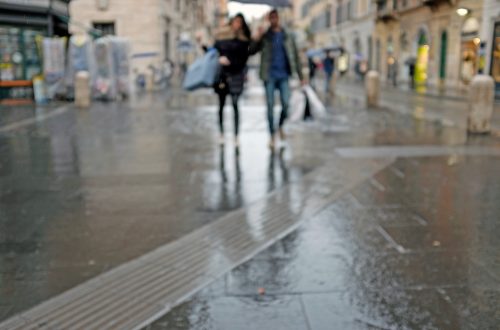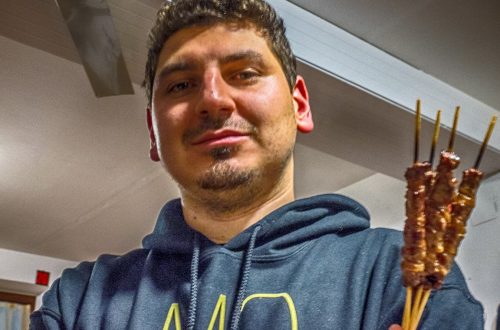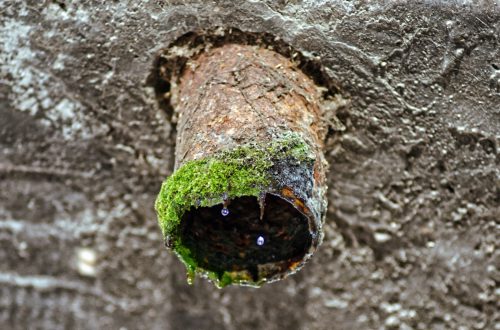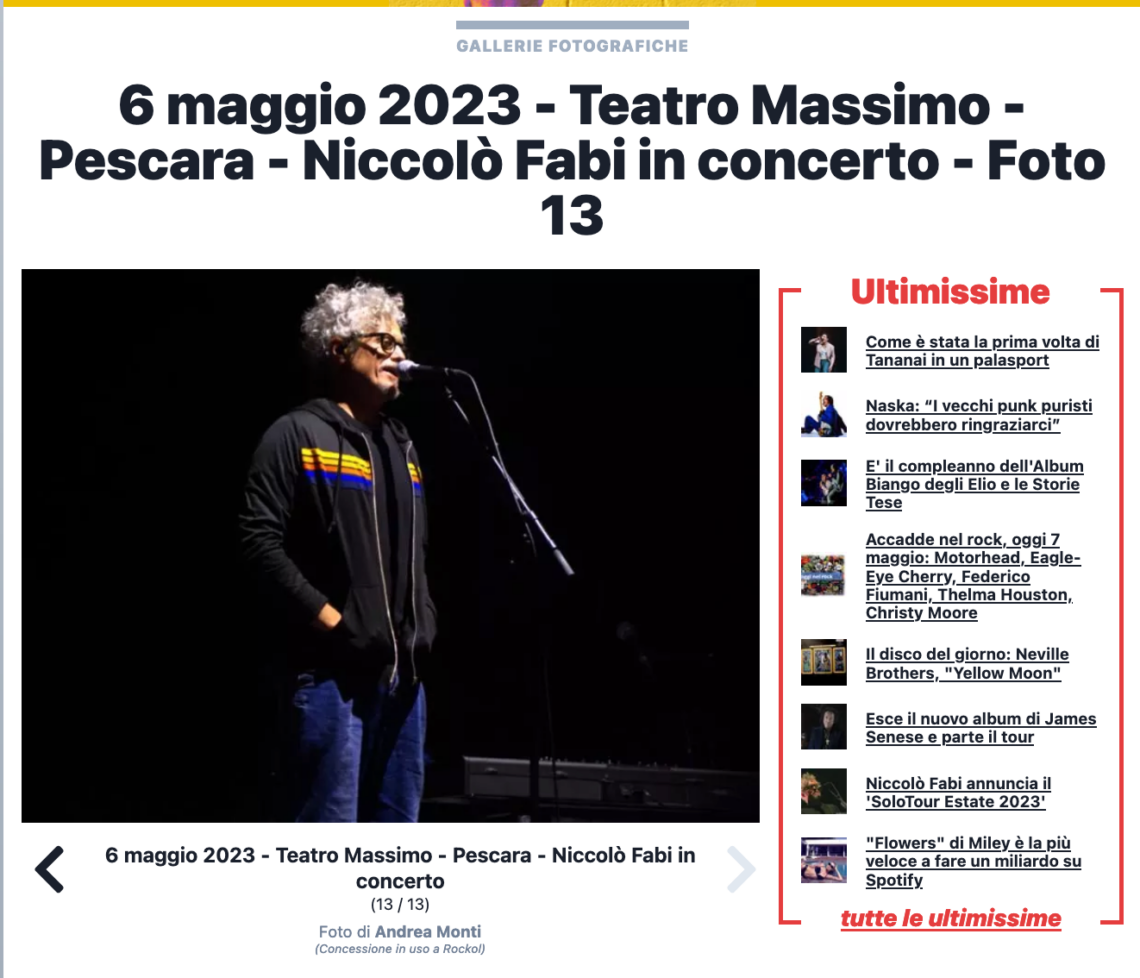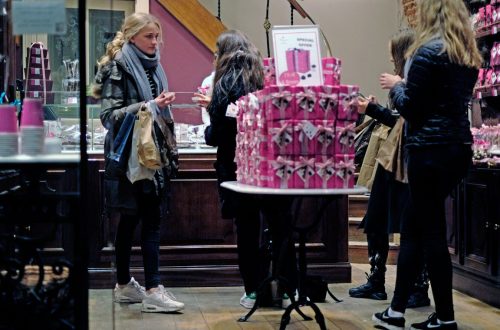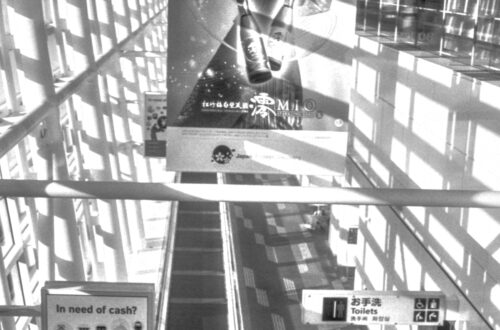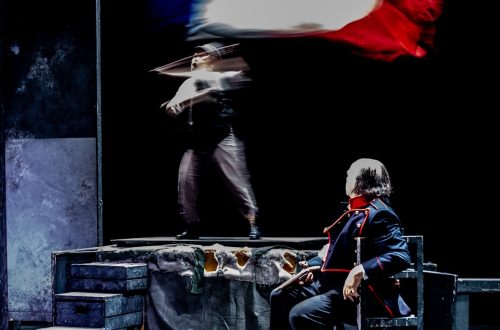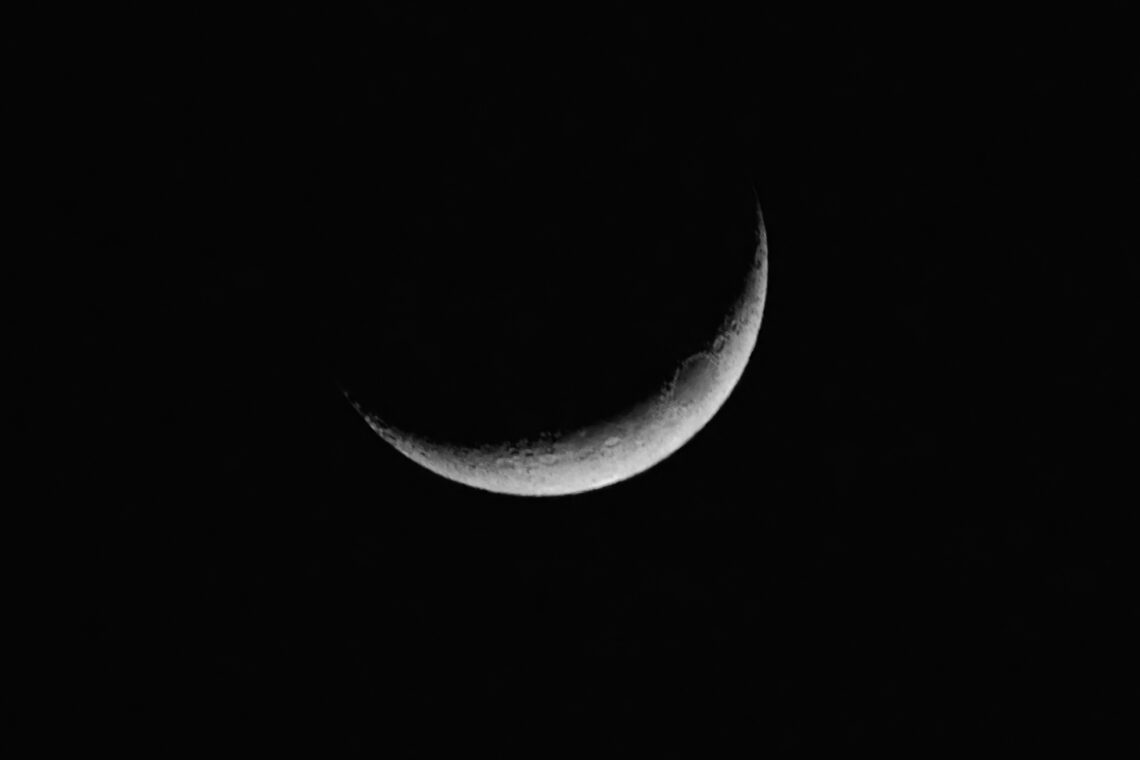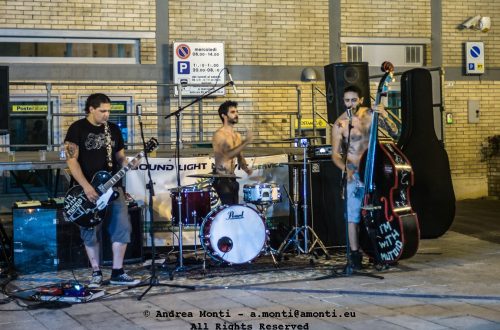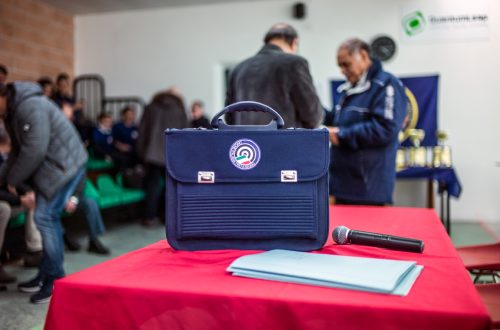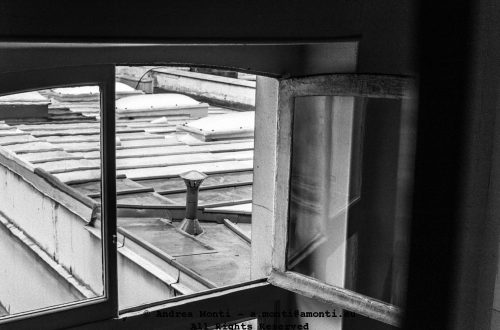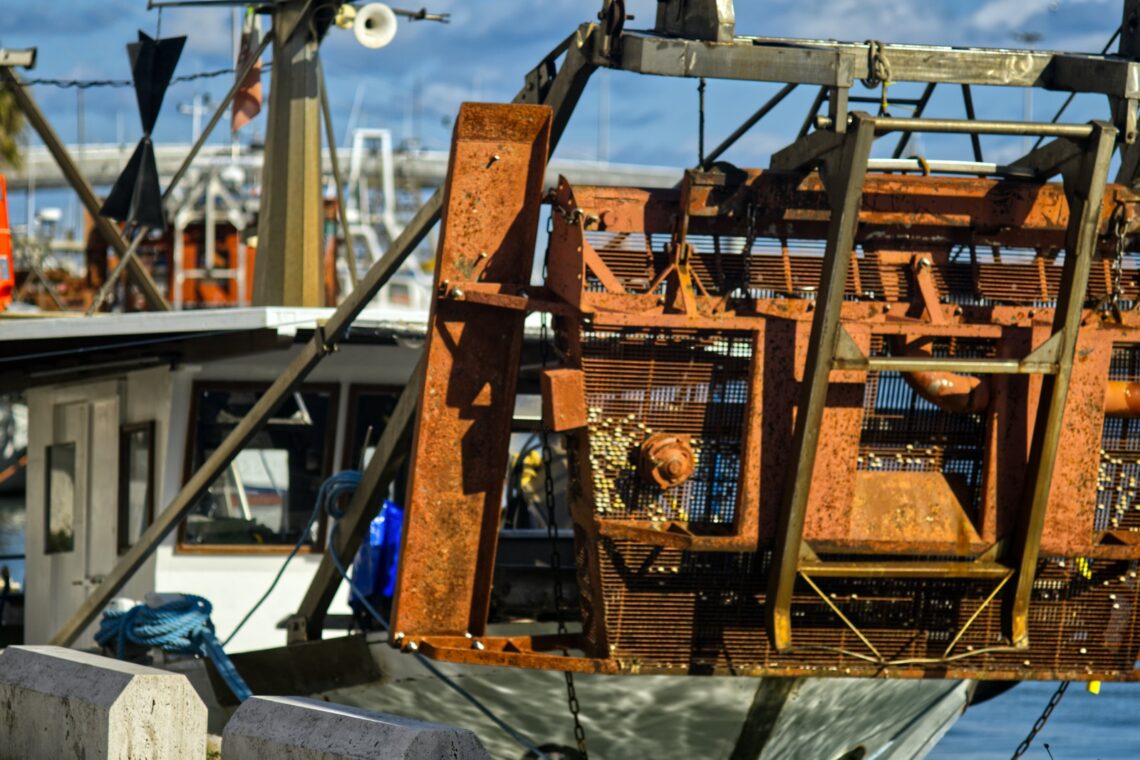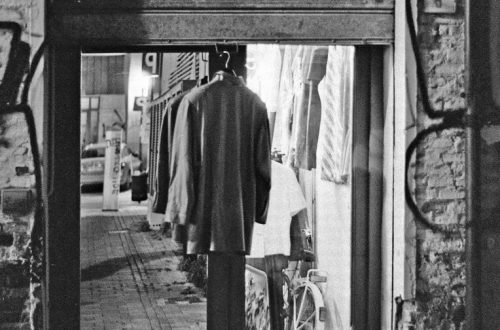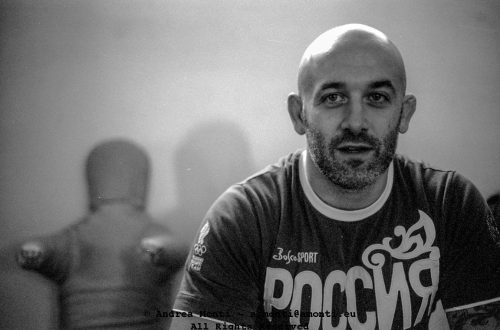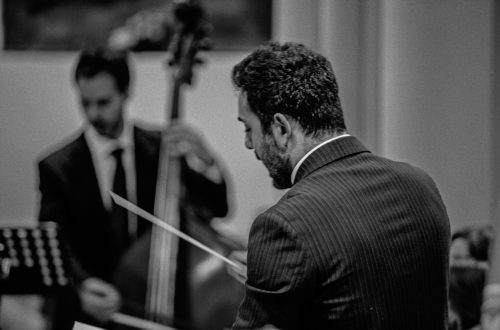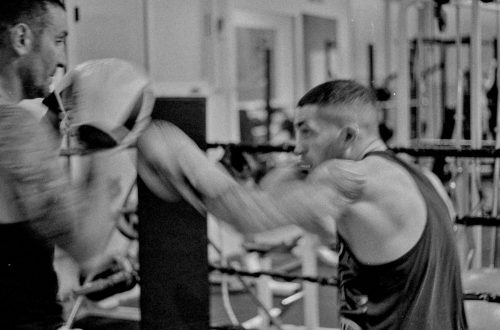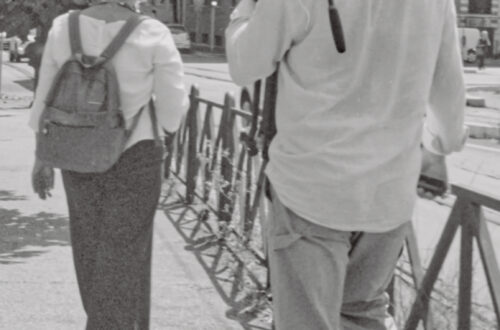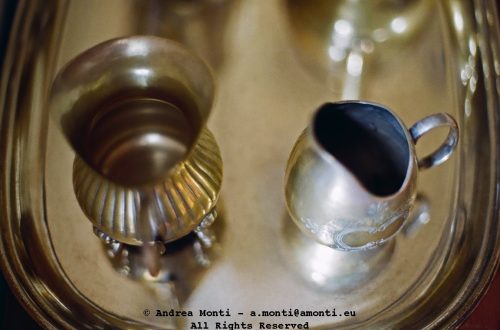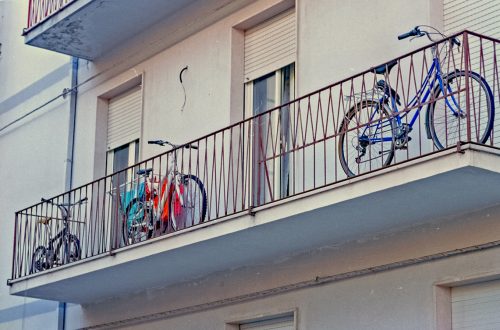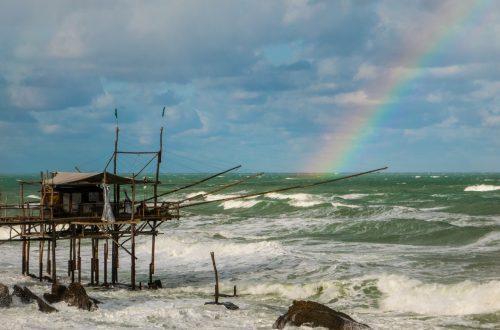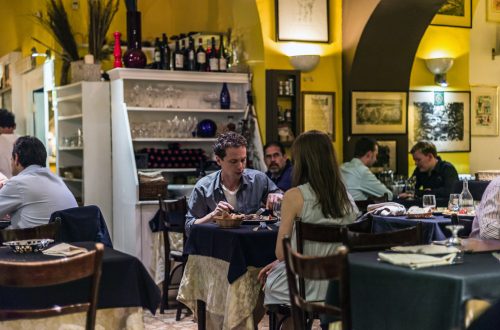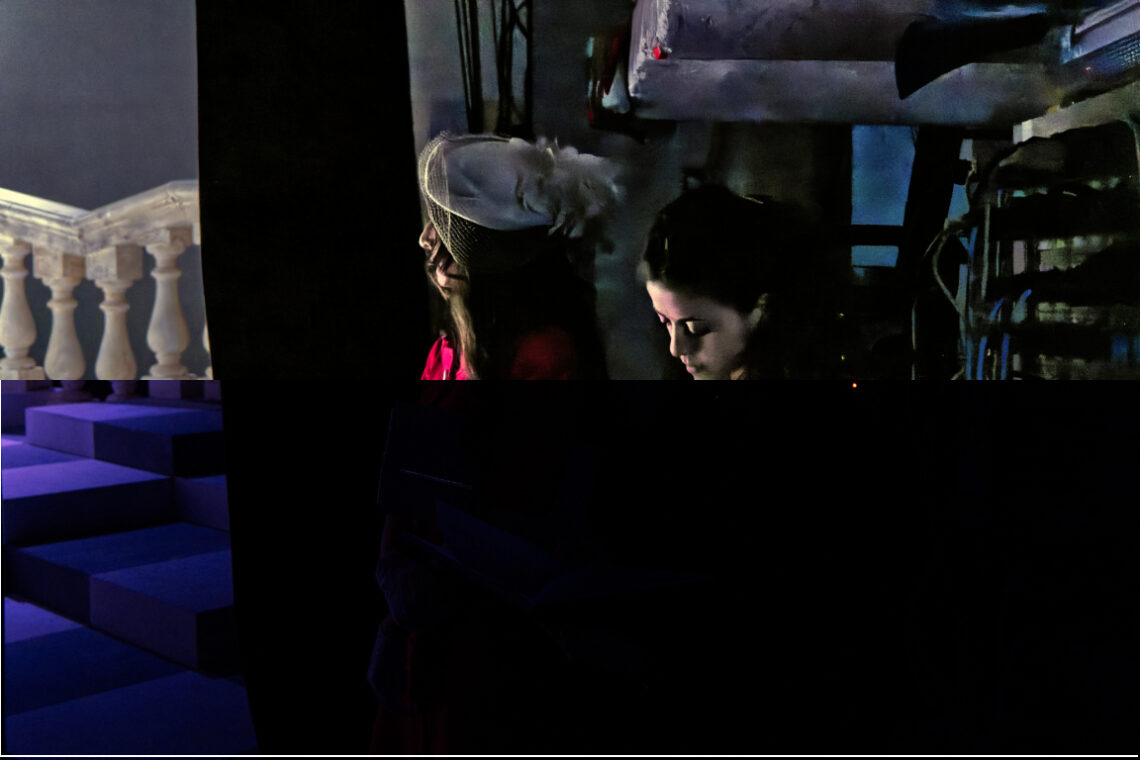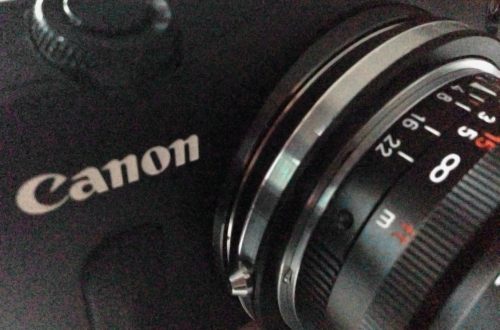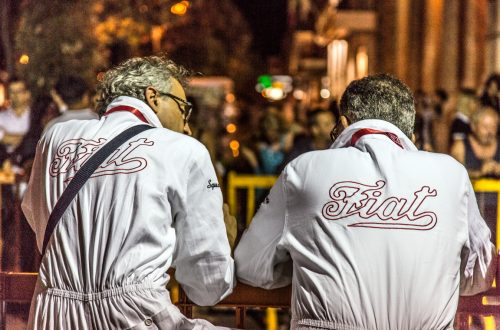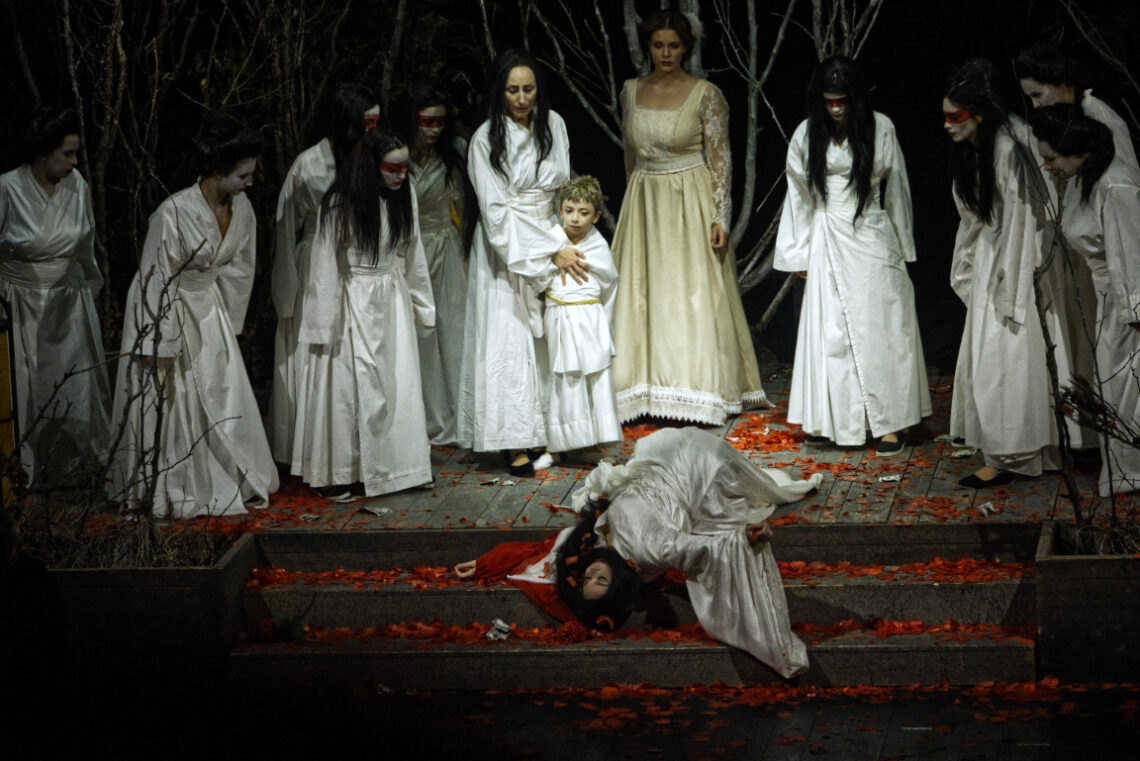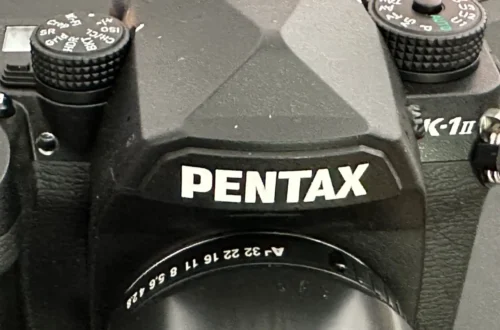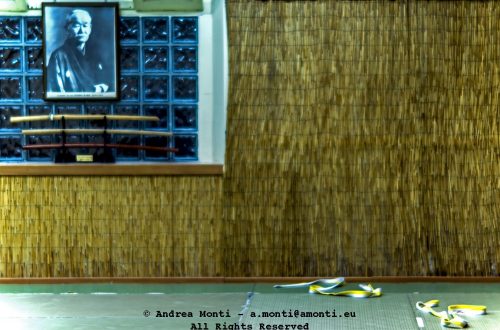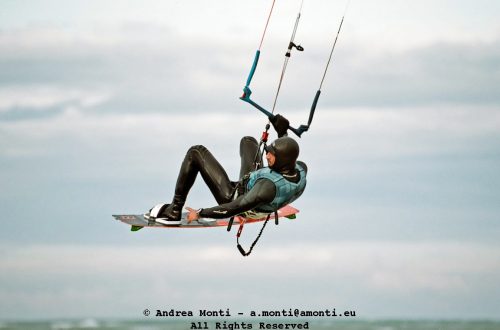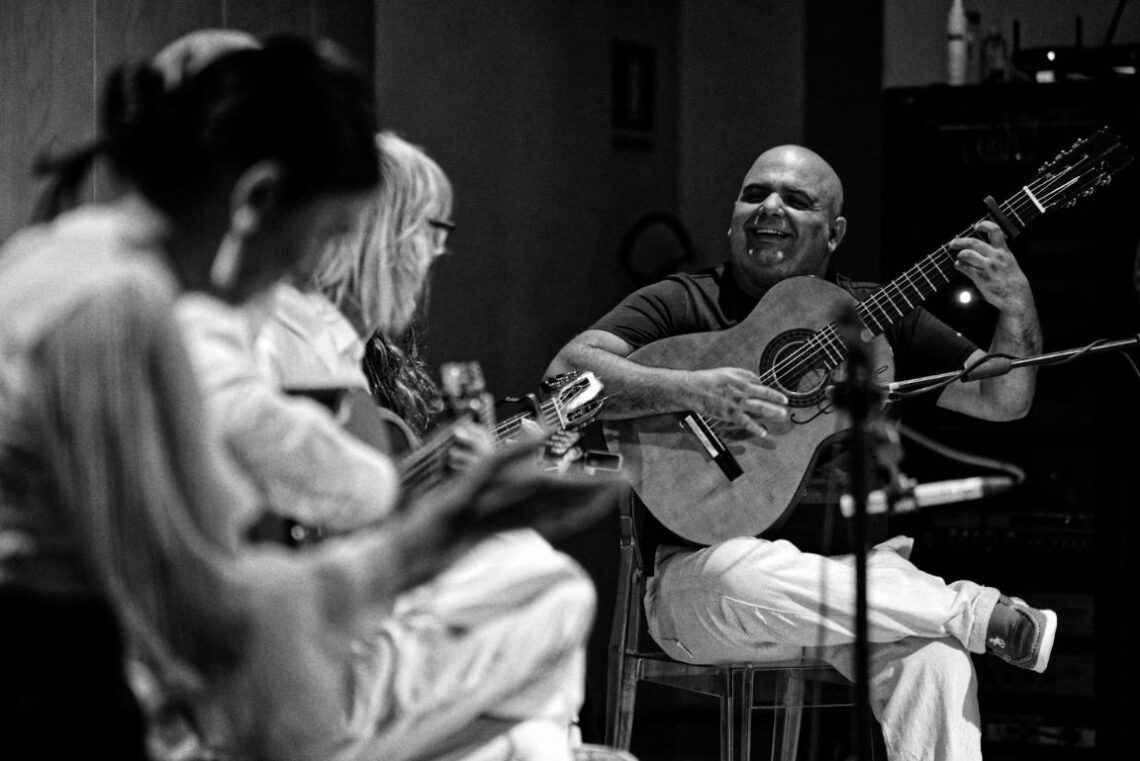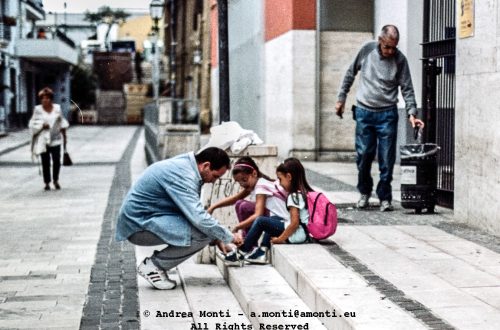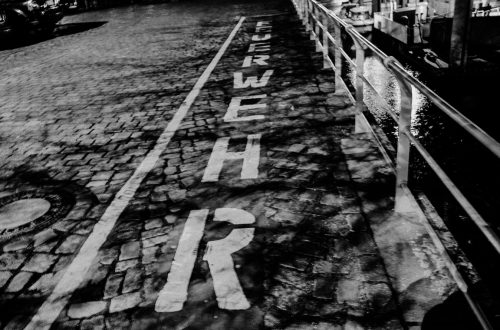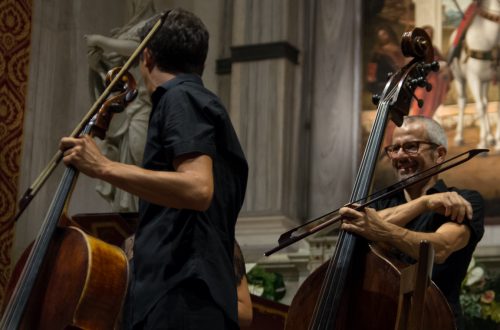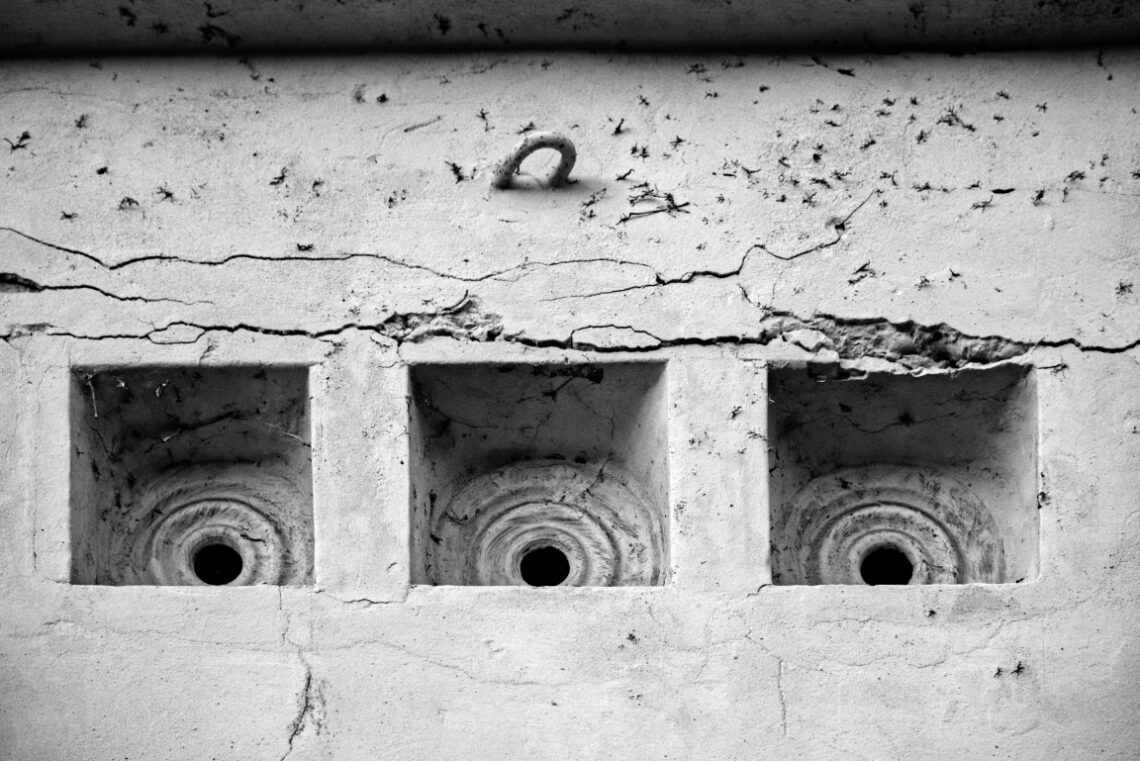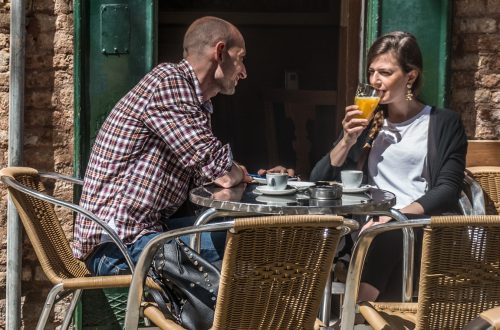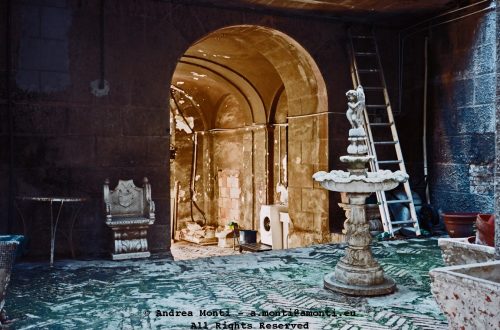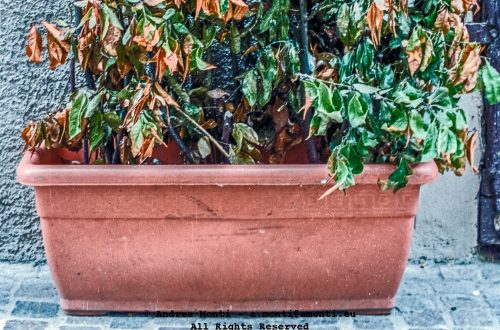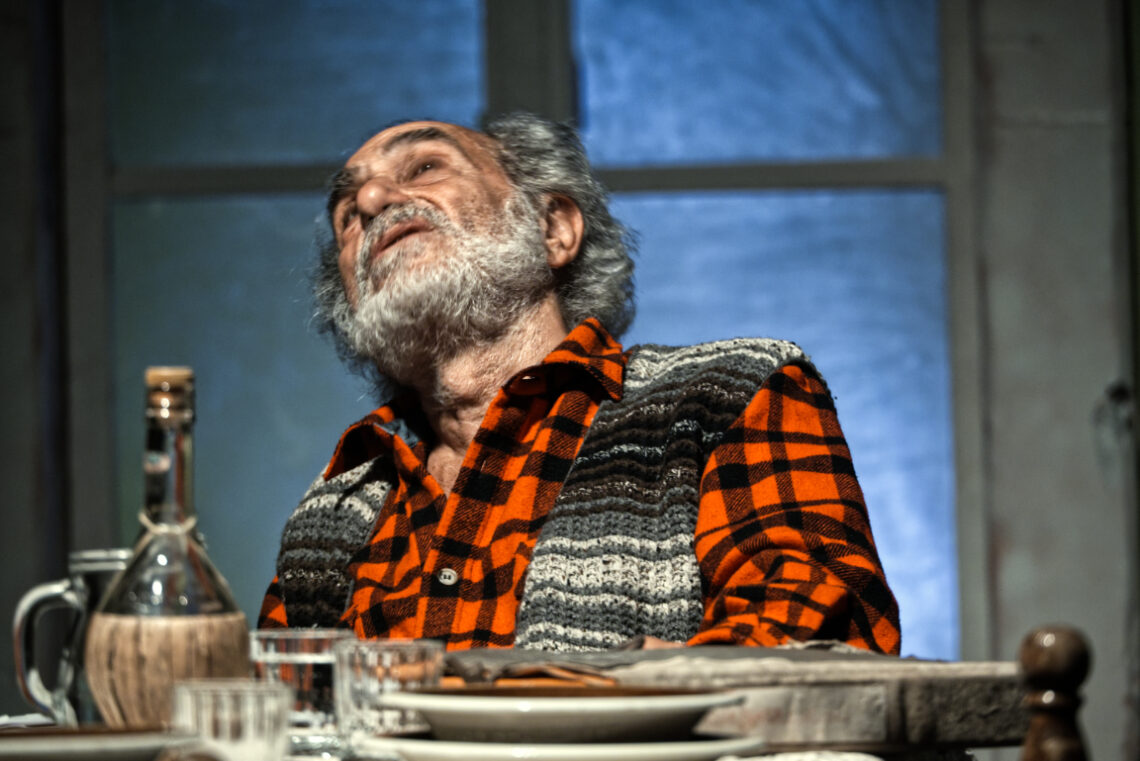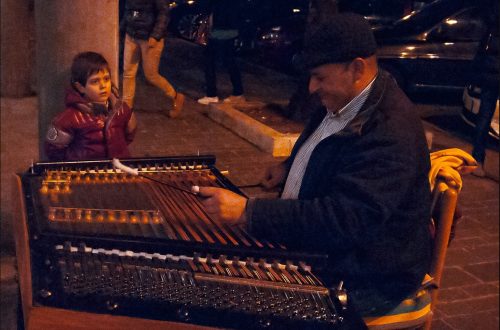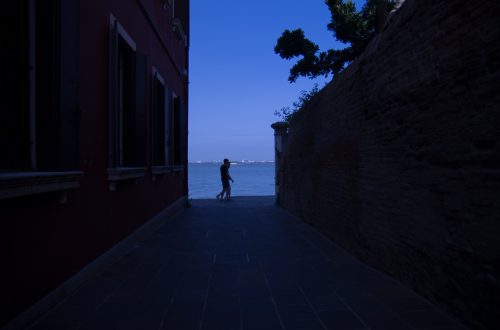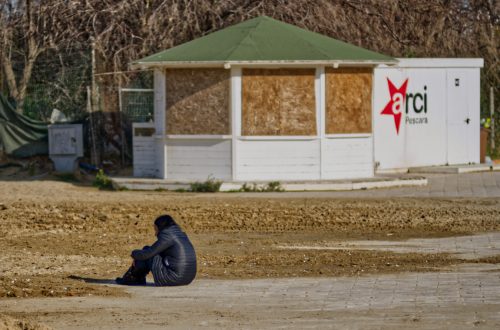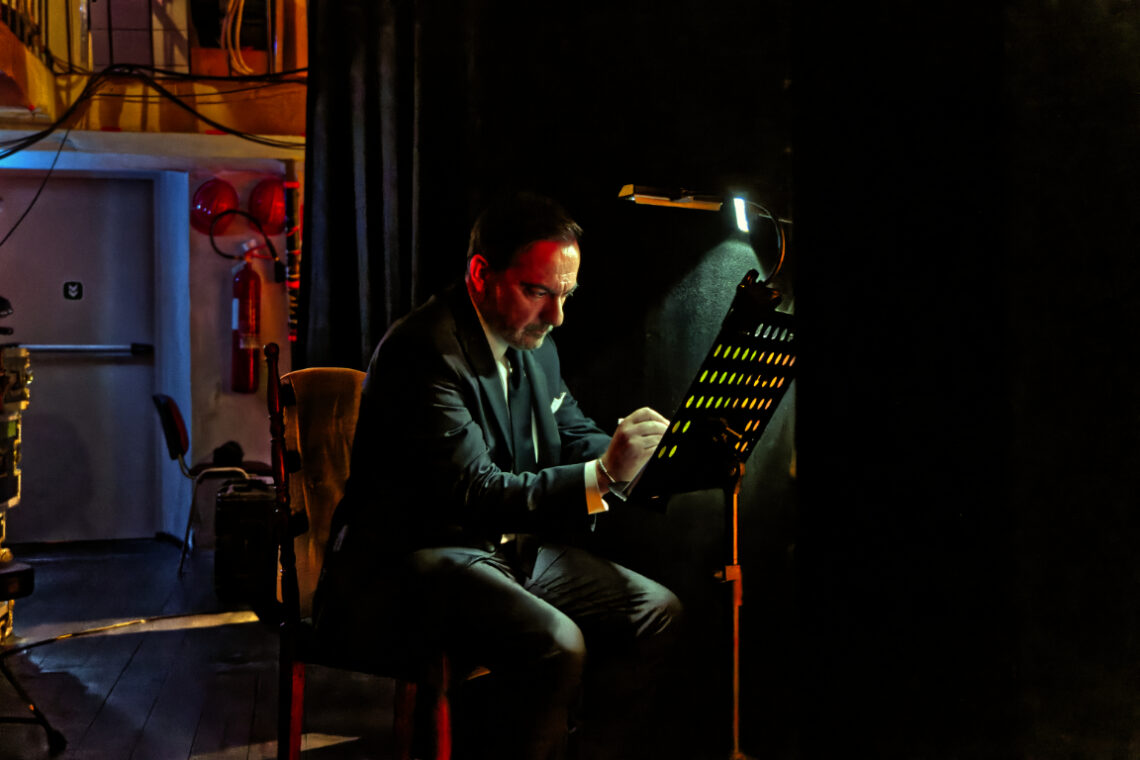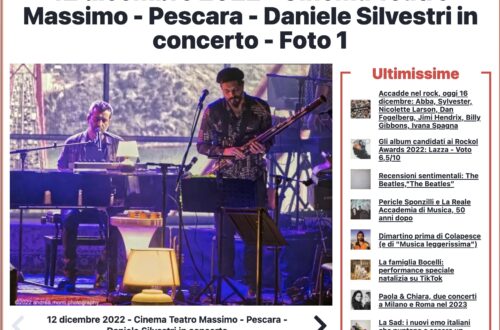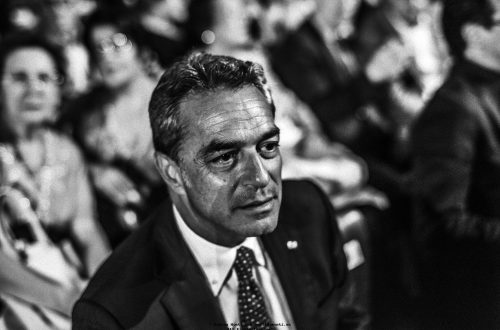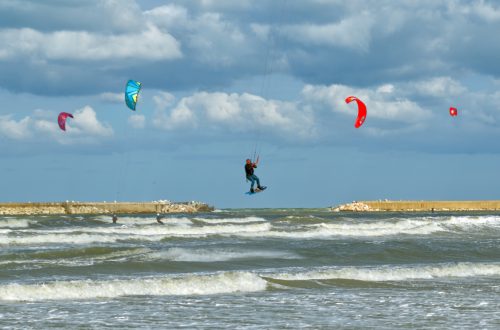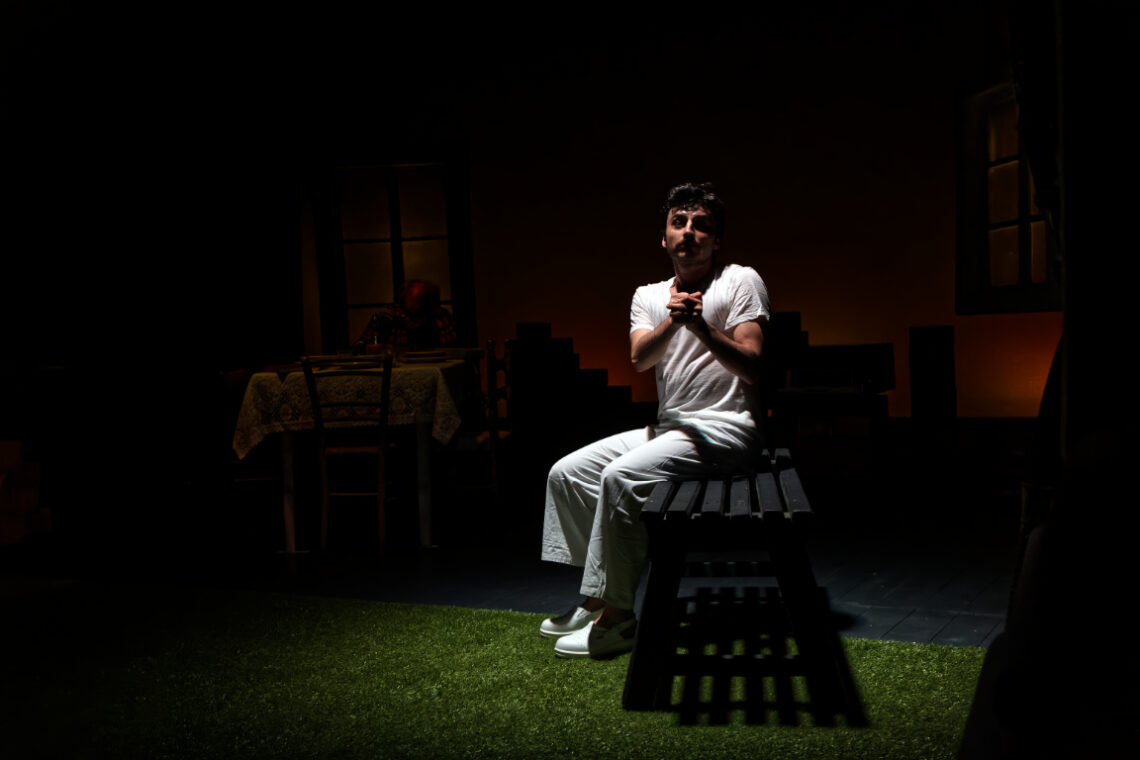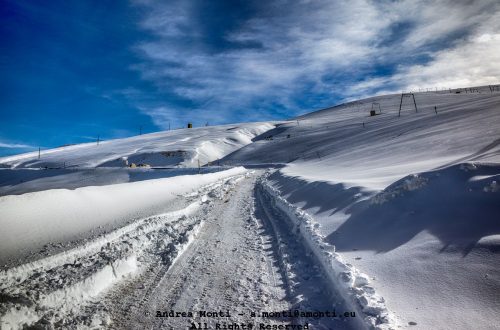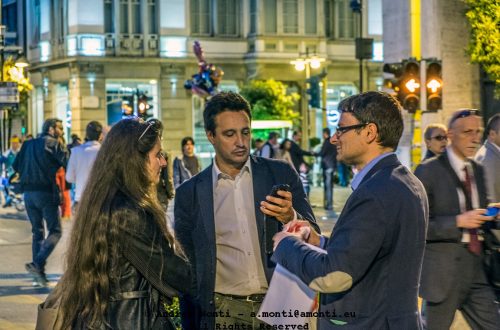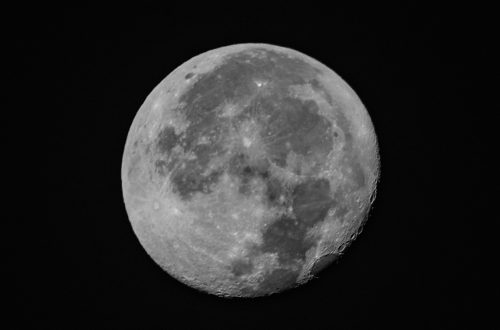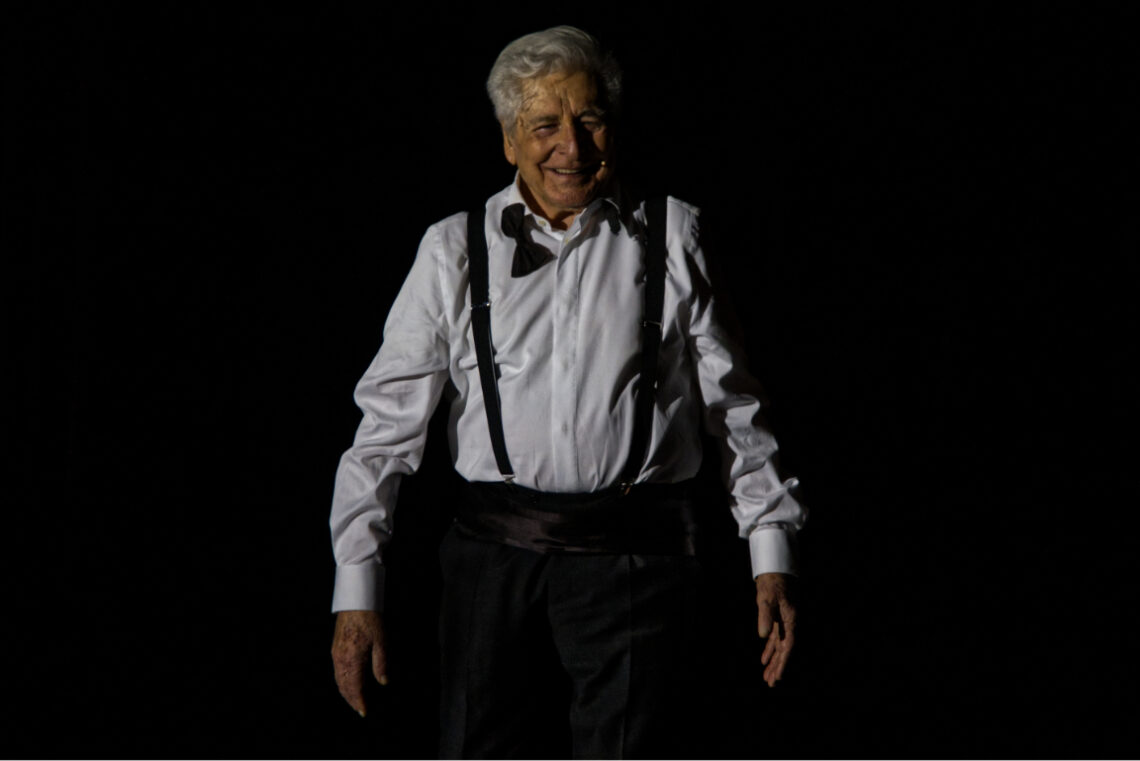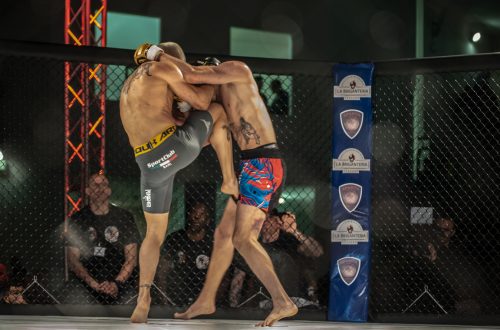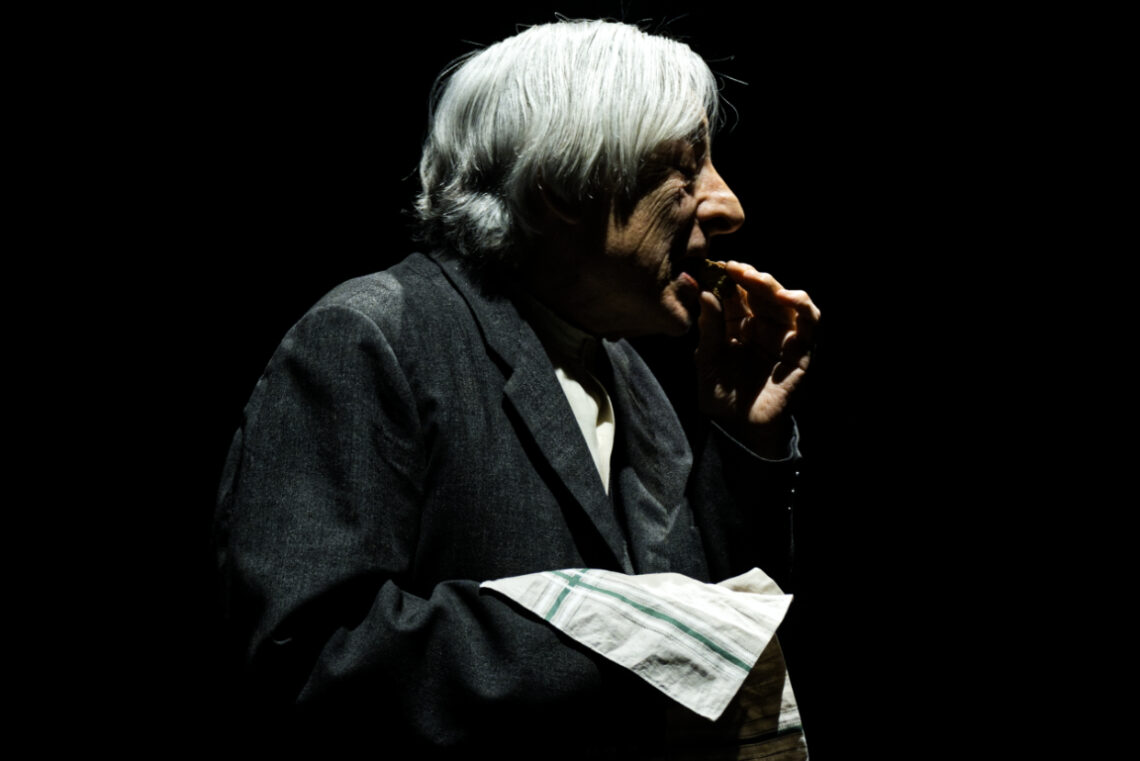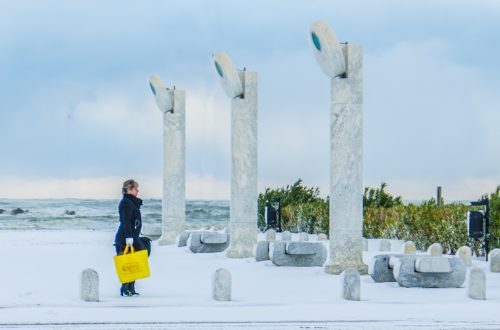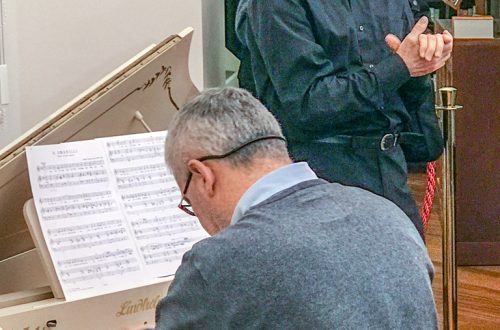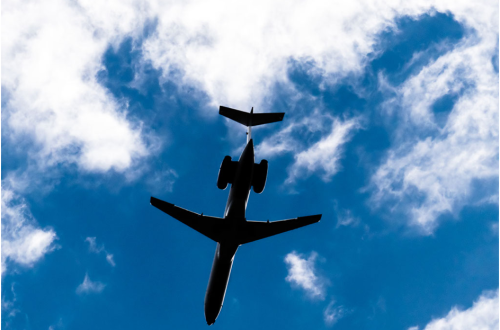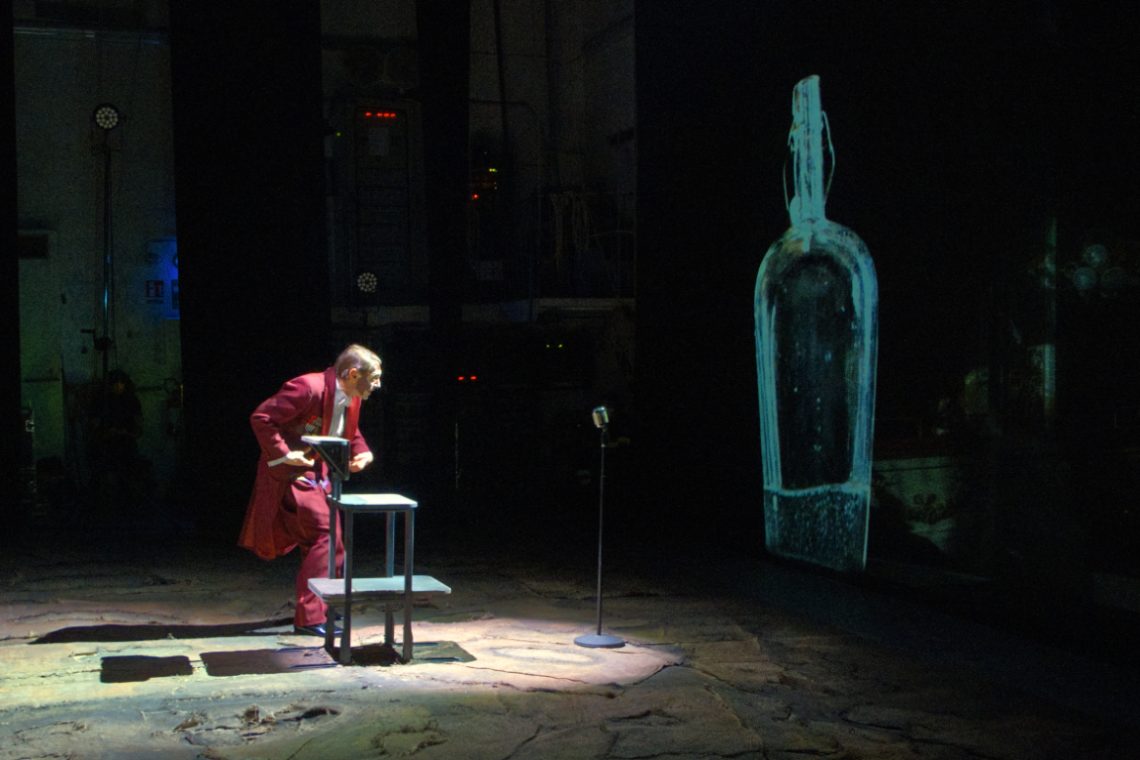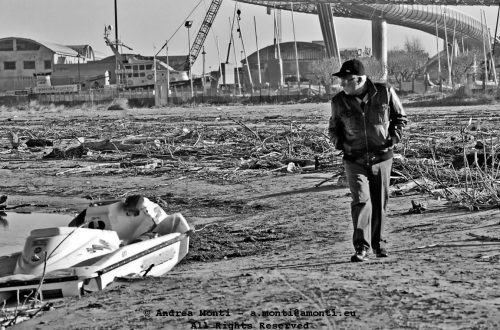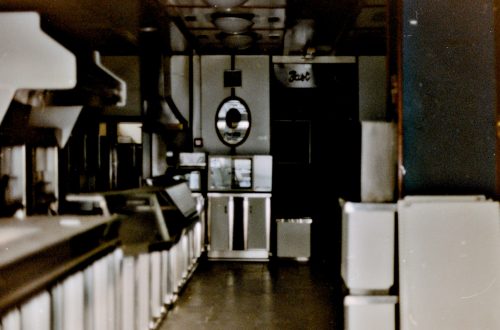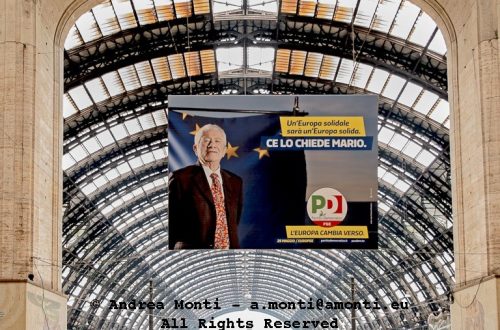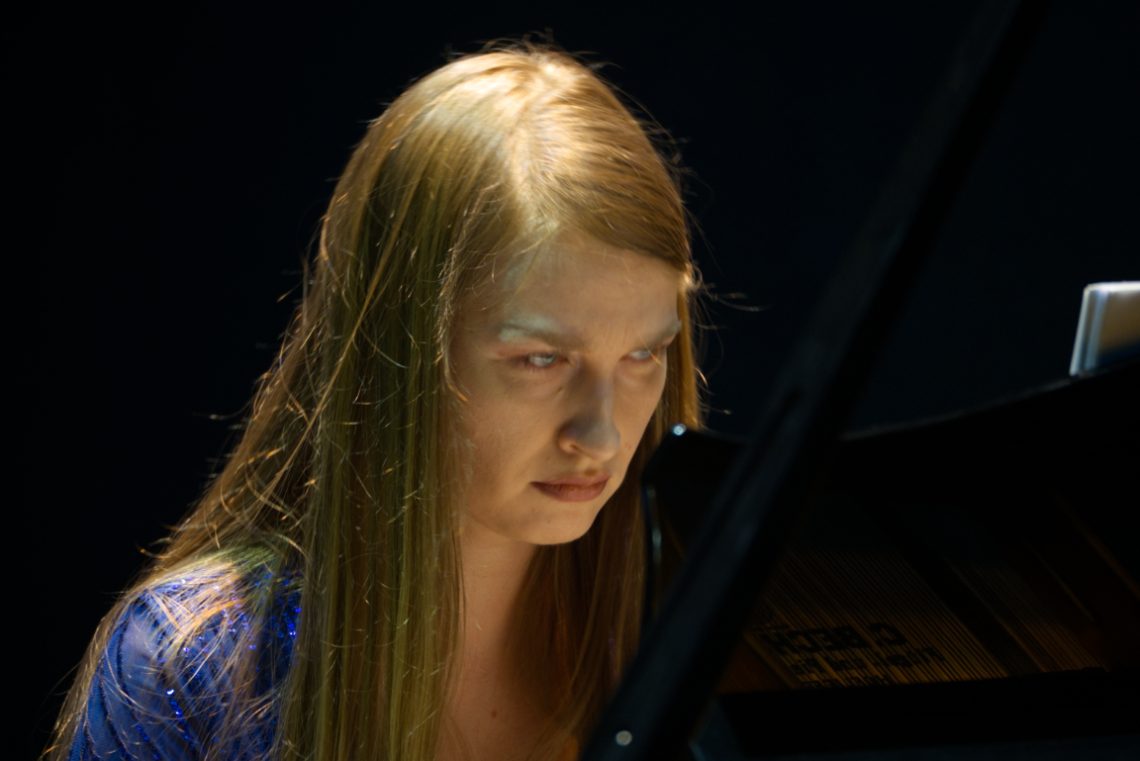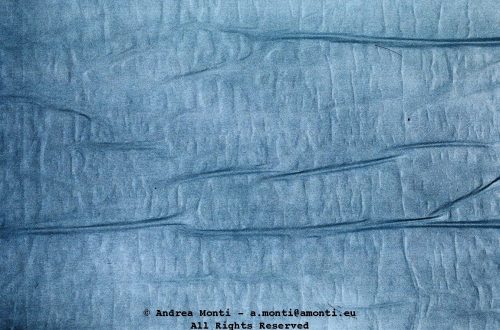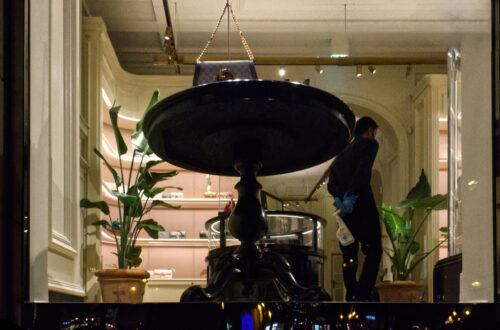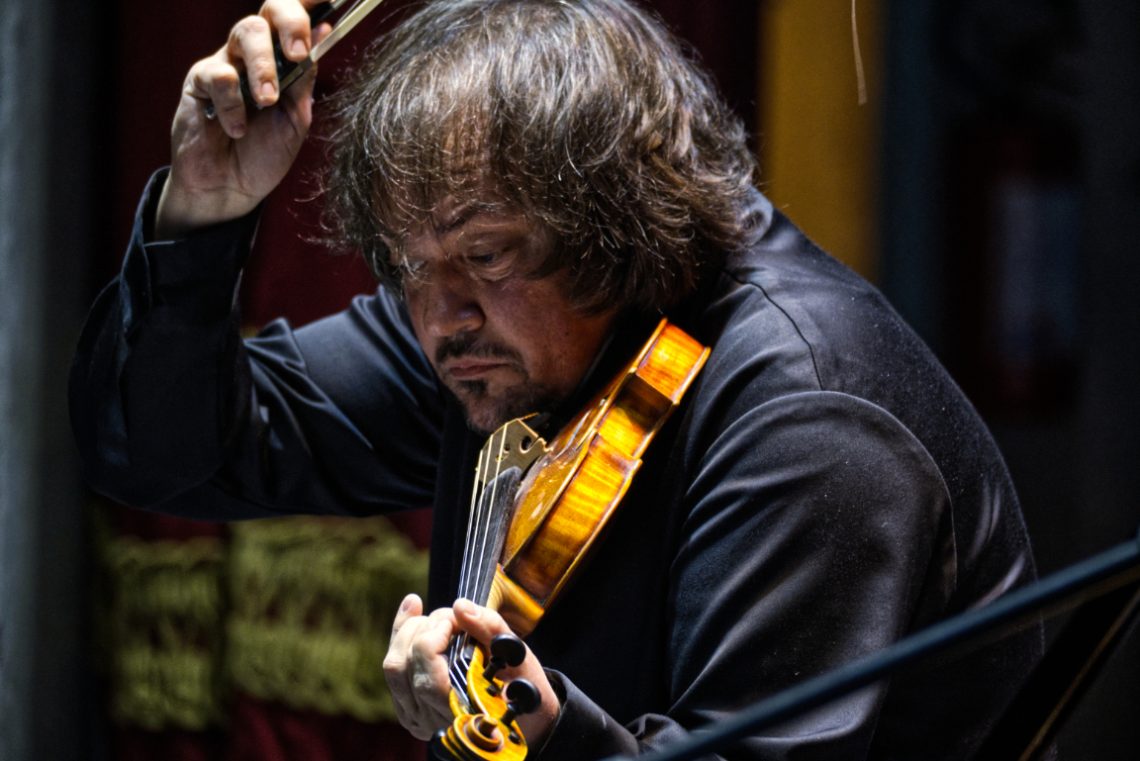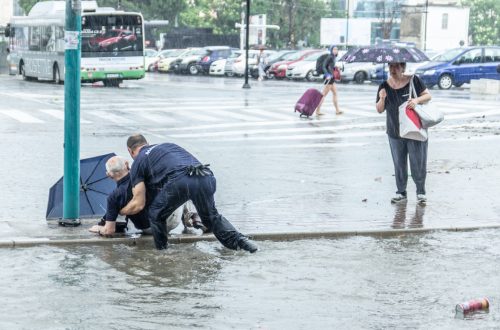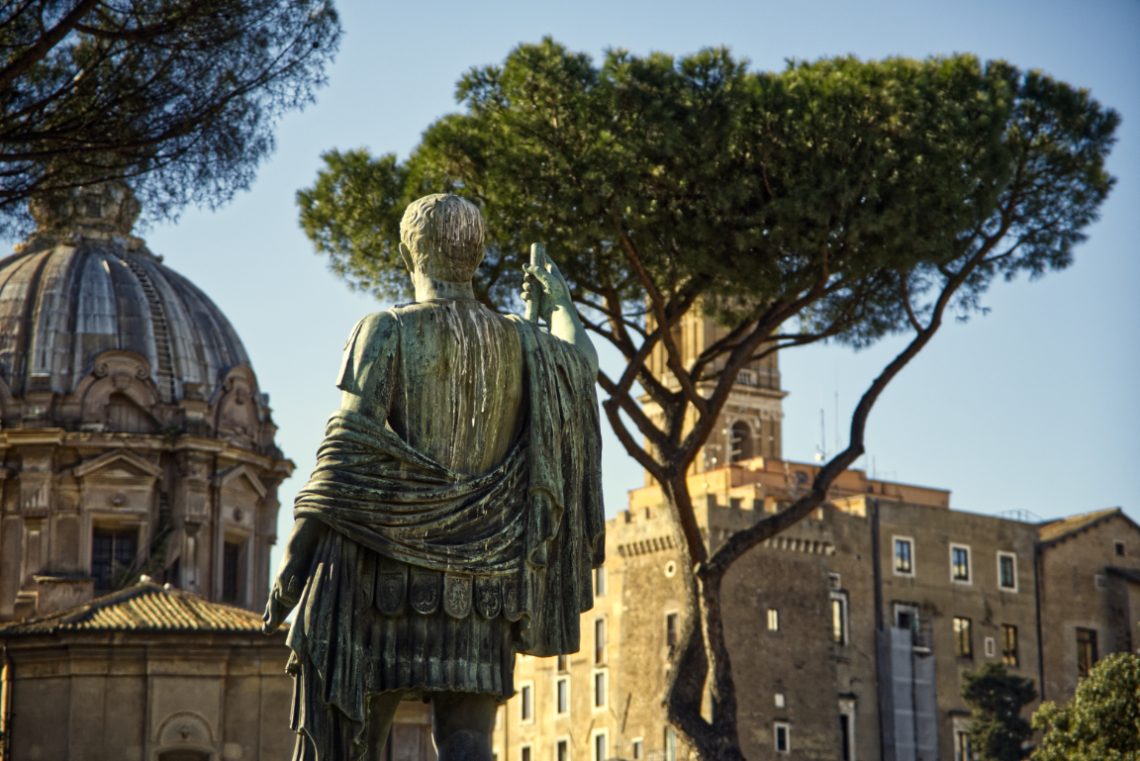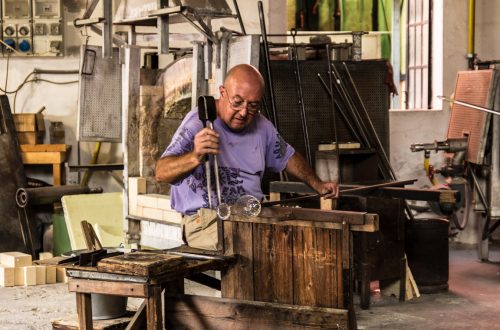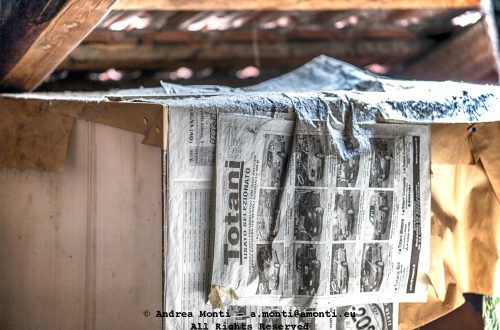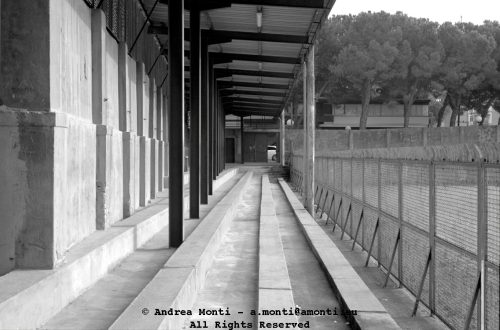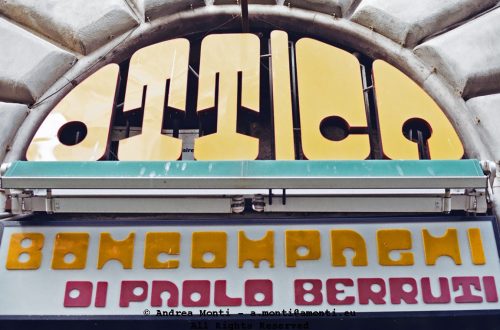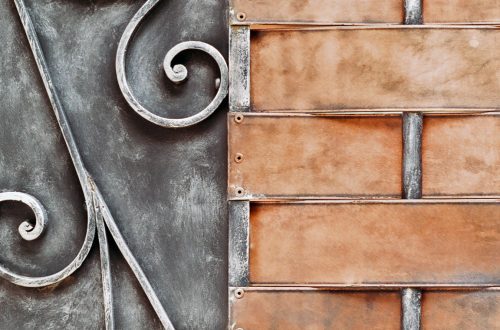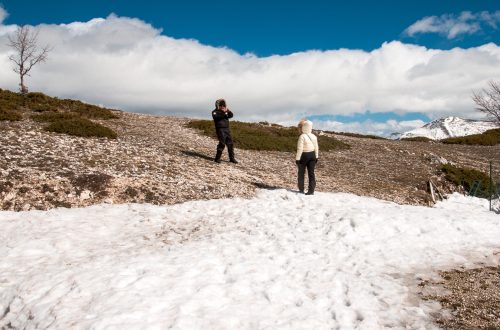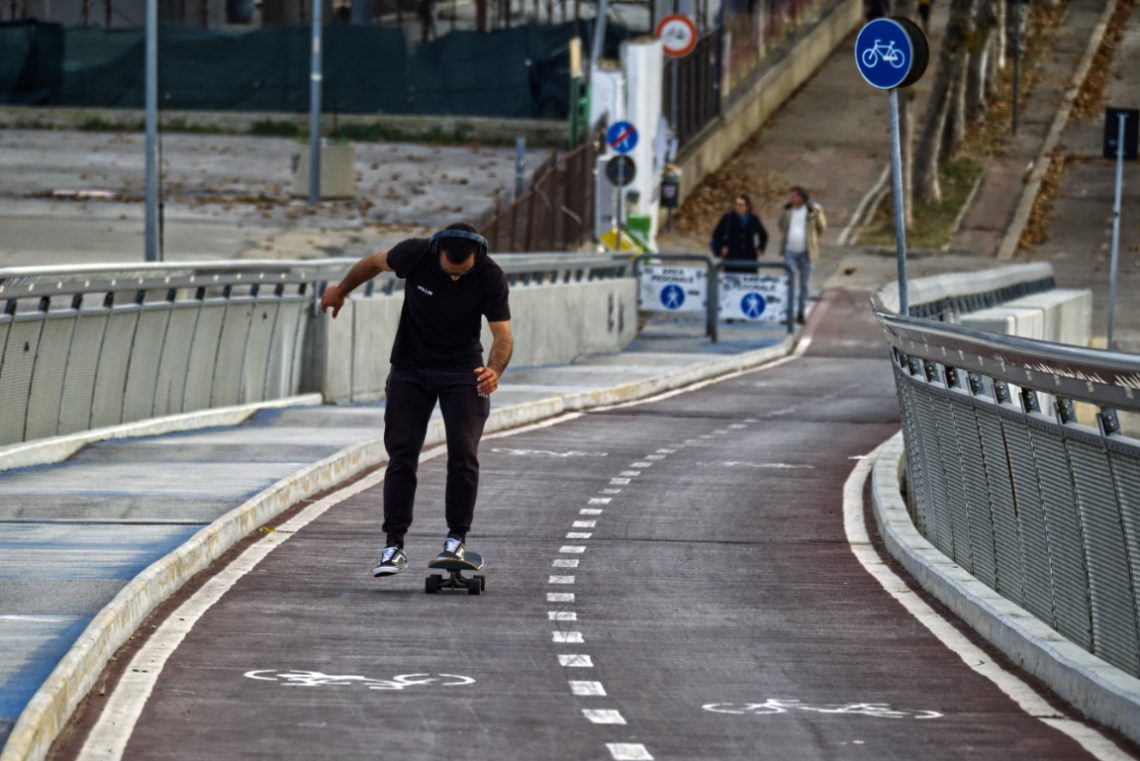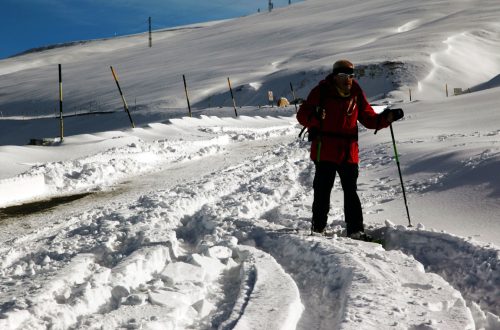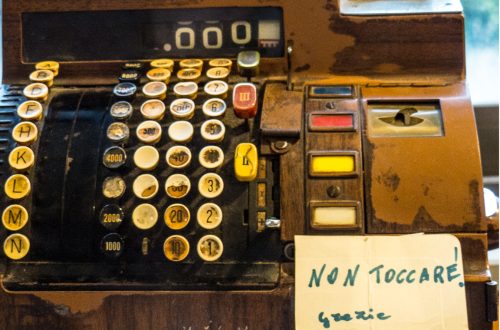-
Colour, Daily photo, Downtown, Nagasaki, Osaka, Photography, Streets&Squares, Thoughts, Tokyo, Travels, Yokohama
Why You Should Only Shoot in Your Backyard (or ‘The Art of Belonging’)
What do these pictures have in common (apart from having been taken in various places in Japan)? No, they don’t have the same look and feel, composition or use of light, nor they convey a particular meaning. What they have in common is that they’re just dull and boring —meaningless, indeed. This picture of the Yokohama’s Chinatown Dragon is hardly different than the others available on the Internet. Initially published on 35mmc.com It shares a similar fate with this one, taken last Mid November in Osaka, and, as Google Lens mercylessly shows, with this one, shot in Omura, near Nagasaki. One can hardly say that this is a never-seen-before view of Tokyo’s Kyu-Shiba-rikyū Gardens, or of…
-
Abstract
There’s a particular pleasure in encountering an image that resists immediate recognition. This photograph—an interplay of industrial forms, bolts, struts, and cylindrical elements—sits somewhere between documentation and abstraction. Strip away the context, and it becomes less about what these structures are and more about what they do visually: dividing the frame, catching light, and setting up a rhythm of repetition and interruption. The composition is rigidly symmetrical along the vertical axis, yet it doesn’t feel overly formal or sterile. The imperfections—paint chipping, scuffs, a touch of grime—are what give it character. These blemishes remind us this isn’t a CAD rendering but a real, weathered object, doing its job in the…
-
Niccolò Fabi – Meno Per Meno Tour 2023 – Live@Teatro Massimo, Pescara
Covering Niccolò Fabi’s concert for Rockol, gave me the opportunity to test an X-T4 with an XF 150-600. The image quality is on a par with the X-T3. This was to be expected. However, I have some reservations about the autofocus. The lens also needs to be examined in more detail before I can form an informed opinion.
-
Moonshot with a handheld Fuji XF150-600 and a Fuji X-T3
The moon doesn’t forgive technical sloppiness. Any softness in focus, hint of motion blur, or weakness in exposure shows up instantly. This crescent was taken handheld with the Fuji XF150-600 on an X-T3 — a combination that, on paper, might not seem ideal for lunar work without a tripod. Yet, that challenge was the point. The compression of 600mm brought the surface’s rugged texture into relief, and the X-T3’s sensor resolved the fine gradations between illuminated craters and the shadowed terminator with satisfying clarity. The key here was managing shutter speed — 1/1000s gave me enough to counteract handshake, but I kept the ISO just high enough to hold detail…
-
Editing a photo taken with a Carl Zeiss Jena 135/4 Sonnar and a Fuji X-T3
A vintage Carl Zeiss Jena 135/4 Sonnar whose RF mount has been replaced with a Fuji X mount by Adriano Lolli (https://www.adrianololli.com).Coupled with a Fuji X-T3, it delivers pleasant results. Post production is highly subjective, so the final outcome might no be ‘acceptable’ to some taste. Still, the lens is very good.
-
A sample of the Carl Zeiss Jena 135/F4 Sonnar and a Fuji X-T3
This photo was taken with an old Carl Zeiss Jena 135/4 Sonnar whose Contax RF mount was replaced by a Fuji X mount by Master Adriano Lolli.
-
Pixelmator Pro Debanding and Electronic Shutter
Pixelmator Pro Deband feature does not work on banding caused by the well known electronic shutter lag. The Deband feature has not been advertised as working also with ES-induced banding, so the fact that it can not handle it is not a bug. However, this limit seriously reduces the appeal of the new feature. I have flagged the issue to Pixelmator Pro Support: currently, they are out of work, but eventually, they should get back to me with some news. Good news, hopefully.
-
Norina shouts at Don Pasquale
This picture is part of the reportage I did for Gaetano Donizetti’s Don Pasquale, featured on December 11, 2022, at Teatro Marrucino. It has been the chance to experiment a few tricks to avoid the banding effect caused by the LED pulse frequency and the sensor’s delay in EFC is used. I chose to go for time rather than aperture priority mode. I also set the shutter speed at 1/50, as suggested in many forums, and the trick worked. In some cases, banding was still present, but it was insignificant. I also tried to shoot in full manual (leaving only the focus in auto.) Some pictures ended up overexposed, and…
-
DxO Pure Raw empirical test
This photo is a ‘before-and-after’ merge of a picture I took during the premiere of Cavalleria Rusticana at Teatro Marrucino, processed with DxO’s Pure Raw. As an empirical test, it has no specific goal but to provide a real-life example of how the software works.Overall, the results are reasonably good; however software’s ‘heavy hand’ is apparent in the visibly smudged areas. Pure Raw can not work miracles, although it proved to be a valuable tool to rescue photos shot in poor light.
-
Turiddu repeals Santuzza
This is a photo taken from the reportage I made for the Teatro Marrucino during the première of Cavalleria Rusticana by Pietro Mascagni. It captures the moment Turiddu (Piero Giuliacci) abandons Santuzza (Alessandra Di Giorgio), who —in turns— begs him in vain to change his mind. Image quality isn’t exceptional: unlike other cases, where the Fuji X-T3/Fujinon XF 16-80 pairing provided excellent results, this time it didn’t perform at its best, probably due to the choices on the scene lights.On the contrary, the composition is particularly successful.Turiddu is in the centre of the upper part of the picture. The railings of the staircase lead the eye towards him. Stantuzza’s dynamic…
-
The Death of Cio-Cio san
The final scene of yesterday’s Madama Butterfly’s ‘Prima’ at Teatro Marrucino. Opera photography is always a delicate dance between anticipation and reaction. The photographer must respect the performers’ craft while being acutely aware of the unfolding drama, ready to translate it into still imagery that holds the same emotional weight as the music itself. In this frame, taken during the tragic denouement of Madama Butterfly, the composition works almost like a Renaissance tableau — each character positioned with clear intention. The central focus rests on Cio-Cio-San’s lifeless figure, draped in white and crimson, her body collapsed against the steps like a human punctuation mark. Around her, the women in white…
-
José Ignacio Franco – Live@Auditorium Petruzzi
He doesn’t need to sing. His fingers do it for him. Captured in mid-strum, tocaor José Franco radiates something far more profound than musical virtuosity: duende — that elusive spirit of flamenco, born of sorrow, defiance, and joy. His guitar is not just an instrument; it’s a second voice, one that speaks the unspoken, channeling generations of Andalusian lament and celebration. Notice the scene: the blurred silhouettes of fellow musicians in the foreground, the intimacy of a rehearsal or a small performance, where the bond between tocaores is more powerful than any spotlight. The photograph’s depth of field creates a natural hierarchy — we’re drawn not just to Franco’s position, but to his expression. His smile…
-
Three Sprouts
-
Pino Ammendola – L’ultima notte di Bonfiglio Liborio@Teatro Marrucino
-
Piero Mazzocchetti – L’ultima notte di Bonfiglio Liborio
I made this photograph in the dim backstage of Teatro Marrucino, just minutes before the curtain would rise. The air was thick with that familiar mix of anticipation and quiet focus. The man sat in his chair, bent slightly forward, pen in hand, making final notes on the score under the stark glow of a music stand lamp. The rest of the stage was swallowed by darkness. Shooting with the Fuji X-T3 and the Fujinon XF 16-80 gave me the flexibility I needed in such a cramped and poorly lit space. The lens handled the low light surprisingly well, though I had to work at the edge of its capabilities…
-
Alessandro Blasioli – L’ultima notte di Bonfiglio Liborio@Teatro Marrucino
-
Ugo Pagliai – Romeo e Giulietta@Teatro Marrucino
-
Leo Gullotta – Bartleby lo scrivano@Teatro Marrucino
-
Giorgio Pasotti – Racconti disumani@Teatro Marrucino
The stage is almost bare, yet dense with implication. A man in a deep red suit leans forward over a small stepped platform, his body angled as if straining toward something invisible. The light catches the side of his face, leaving the rest of the space in heavy shadow. To his right, suspended in the darkness, an image of a bottle looms, projected larger than life—its glass skin ghostly, its presence more oppressive than inanimate. This is Kafka territory. The stripped set, the exaggerated scale, the isolation of the figure—they all speak the language of unease. The microphone at centre stage stands unused, a silent witness, or perhaps a channel…
-
Kristina Miller live@Teatro Marrucino
The focus is tight on the pianist, capturing her in a moment of intense concentration. The lighting isolates her from the dark background, drawing attention to the subtle interplay of highlights on her hair and face. Her gaze is fixed on the piano keys or the score just beyond the frame, suggesting a deep immersion in the performance. The expression is serious and focused, conveying the discipline and precision required in classical music. The angle of the shot partially reveals the polished surface of the piano, which reflects warm tones from the stage lighting. This reflection adds depth to the composition, while the instrument’s structure forms a diagonal that guides…
-
Sergey Krylov live@Teatro Marrucino
-
Still Ruling The Empire
The statue in this image has its back turned to the camera, but it commands the frame entirely. Shot in Rome, with the dome of Santi Luca e Martina on the left and the Torre delle Milizie rising in the distance, this bronze figure—likely an emperor or general—stands as if still governing the landscape before him. I didn’t photograph the face on purpose. The power of this moment lies in presence, not identity. The shot is about line, volume, and the compression of history into layers. The trunk of the umbrella pine rises behind him like a sceptre made of wood and air, while the palatial facades blend architectural periods…
-
Get Ready, Set, Go
I’ve always enjoyed the way a single moment in the street can hold multiple narratives at once. In this frame, taken in Piazza Venezia with the Vittoriano looming behind, the cyclist seems caught between pause and motion — a split-second where the decision to push forward hasn’t yet been made. The backlighting was a gamble. Shooting into the sun with the Fuji X-T3 and the XF 16-80 meant dealing with inevitable flare, lowered contrast, and the risk of losing detail in the shadows. But I wanted that shaft of light breaking through, almost theatrical in how it picks out the rider against the cobblestones. Exposure was a compromise: holding the…
-
A Skateboarder
I took this shot with a long lens, standing just far enough back to flatten the scene and compress the zig-zag of the bike lane into a graphic, winding ribbon. What drew me to the moment was the contrast between the physical tension of the skateboarder’s posture and the rigid lines of the urban environment. He’s caught mid-shift — arms out, knees bent, entirely present in his balance. No theatricality, no posing. Just rhythm and gravity. The geometry of the path worked as an unintentional compositional gift. The white lines, curved rails, and signage almost funnel the viewer’s attention into the skater’s hunched figure. A classic leading-lines scenario, but more…

